Hungarian New Zealanders gathered around the country this weekend to commemorate the 60th anniversary of the 1956 uprising.
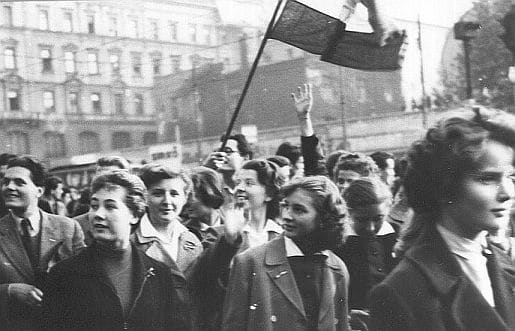
Students protest in the first day of the Hungarian uprising in 1956. Photo: Supplied / Hungarian embassy
On 23 October, a student-led protest calling for more freedoms from the Soviet Union's communist rule marched on the central radio building.
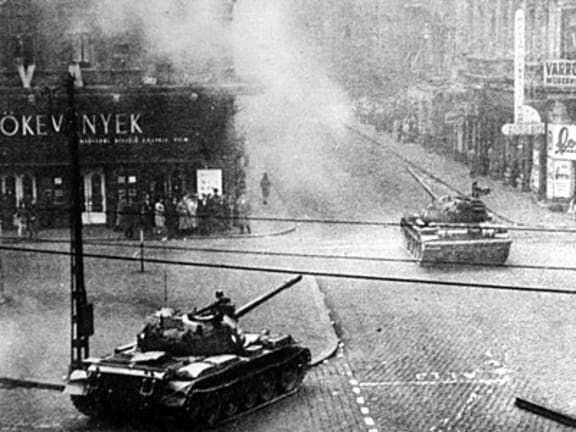
Soviet troops invade Budapest, 4 November 1956. Photo: Supplied / Hungarian embassy
The protest's numbers began to swell as workers finished for the day.
The secret police stepped in with fatal consequences.
What had begun as a student demonstration had soon became a nationwide revolt - something the Soviet Union was not prepared to tolerate.
Put down mercilessly, the rebellion cost the lives of more than 2500 Hungarians along with 700 Russian troops.
About 200,000 people fled the country in its aftermath including 1100 refugees who resettled in New Zealand.
Cantabrian Laszlo Kohajda was a callow 22-year-old in 1956 when the uprising against communist rule unfolded before his eyes.
"The secret police started to shoot the crowd, you know, to stop them to access the radio. But young people, you know, no fear at all. They actually overpowered the secret service police and took over their guns and turned them on the police."
Mr Kohajda, a driving instructor with the air force at the time, said there was no holding back the demonstrators after that.
Fellow Cantabrian, Istvan Toth, joined the protests as a 19-year-old railway worker in Hungary's third largest city, Miskolc, in 1956.
"We were revolting against the lack of freedom, the lack of self expression and free elections and generally the failure of communism to provide a decent standard of living for Hungarians," he said.
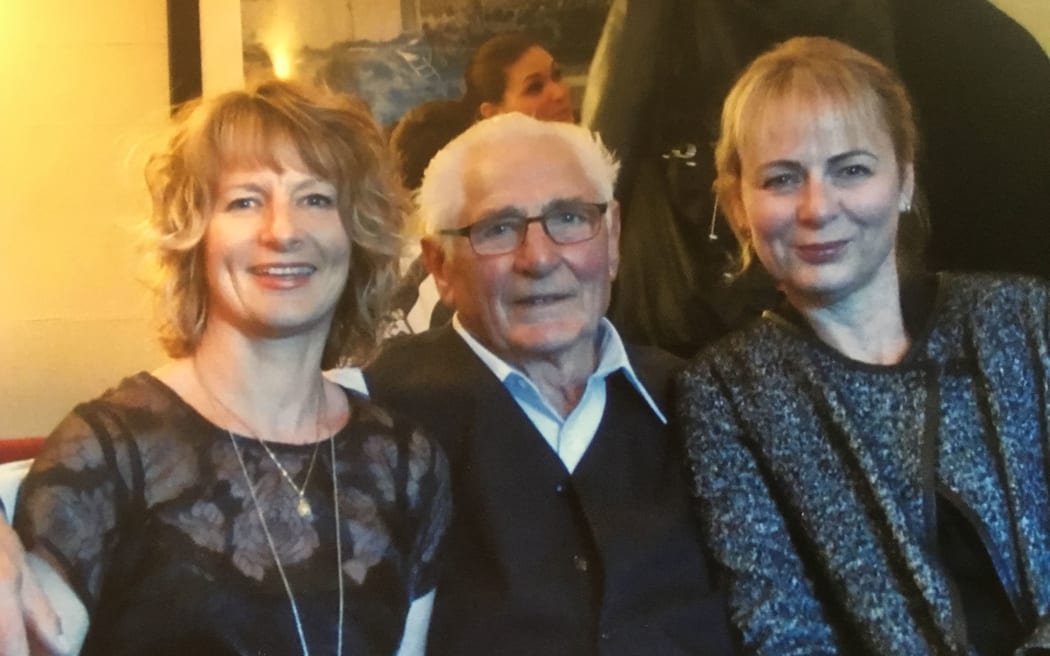
Laszlo Kohajda with his daughters, Ottilia and Marianna, 2014 Photo: Supplied
Mr Kohajda, who supported the protesters, said Russian troops stationed in Hungary initially stood back, but they were soon replaced by soldiers less sympathetic to the local population.
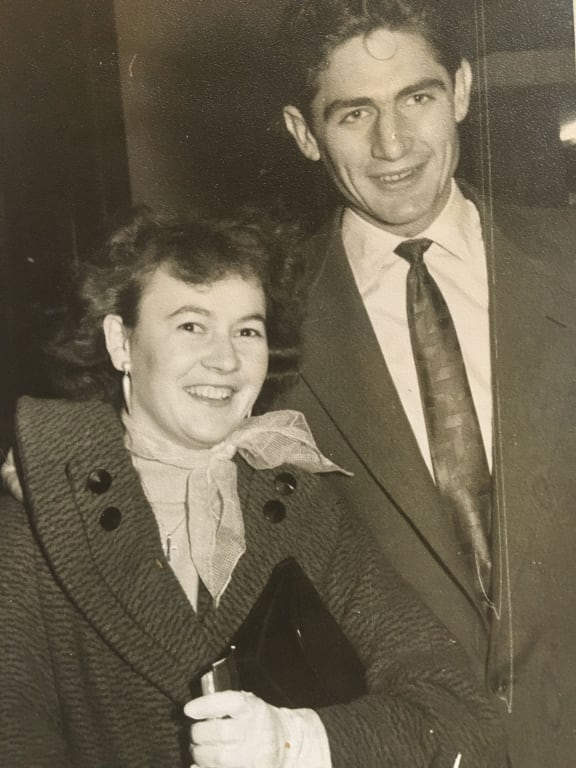
Laszlo Kohjda and his wife Maria, who was also a Hungarian refugee, on their first date in 1957. Photo: Supplied
"After a while, of course, the Russian forces took the side of the secret police and they brought in tanks and what have you.
"There were just thousands and thousands of them so you had no hope in hell, you know, of actually stopping them it was such an overwhelming force."
With the uprising crushed, Mr Kohajda was asked to smuggle two children out to Austria while Mr Toth used his railway connections to escape via the same route.
"We hopped on a train and went to the nearest border town with the Austrian border and we decided to leave Hungary with the help of some Hungarians living near the border," Mr Toth said.
"It was dangerous but when you're young you don't seem to think about any danger, you just decide to do something and go for it."
Within months the men had been plucked from refugee camps and selected for resettlement in New Zealand.
Mr Toth flew into Auckland and could not believe his luck.
"It was absolutely different and absolutely fantastic. I'd never seen the sea before. It was just like a different world and so clean and people were friendly although I couldn't speak very much English."
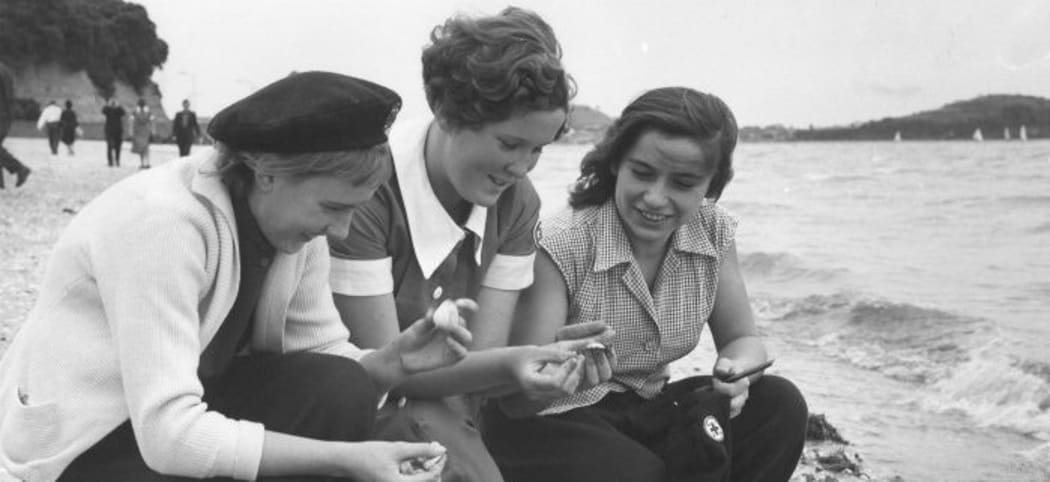
A group of young Hungarian refugees visit a beach in Wellington. Photo: Private collection, sourced from Te Ara
Mr Kohajda was overjoyed too, even if 6pm closing left him a little bemused.
"Even under communism you can enjoy yourself day and night and the shops open at night, you know.
"And you come to New Zealand and, you know, everything died at six o'clock. If you went to the street you were practically by yourself."
The men were taken to Trentham near Wellington, given five New Zealand pounds, and within weeks had jobs and were starting new lives for themselves.
Deputy chief of mission at the Hungarian embassy in Wellington, Béla Fazekas, said the 1956 uprising marked the beginning of modern Hungary.
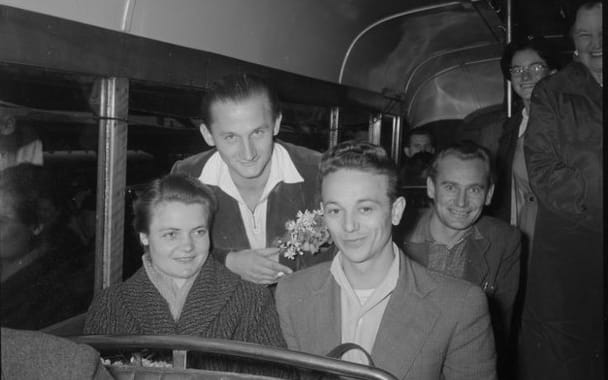
Hungarian refugees Photo: Private collection, sourced from Te Ara
"The Hungarian people were the very first behind the Iron Curtain who put the first nail in the coffin of communist rule in Eastern Europe so of course that makes us very proud."
He said the country remained grateful for New Zealand's assistance in the uprising's aftermath.
Commemorations were held in Christchurch on Sunday morning and at Parliament's Great Hall in Wellington on Sunday evening.

